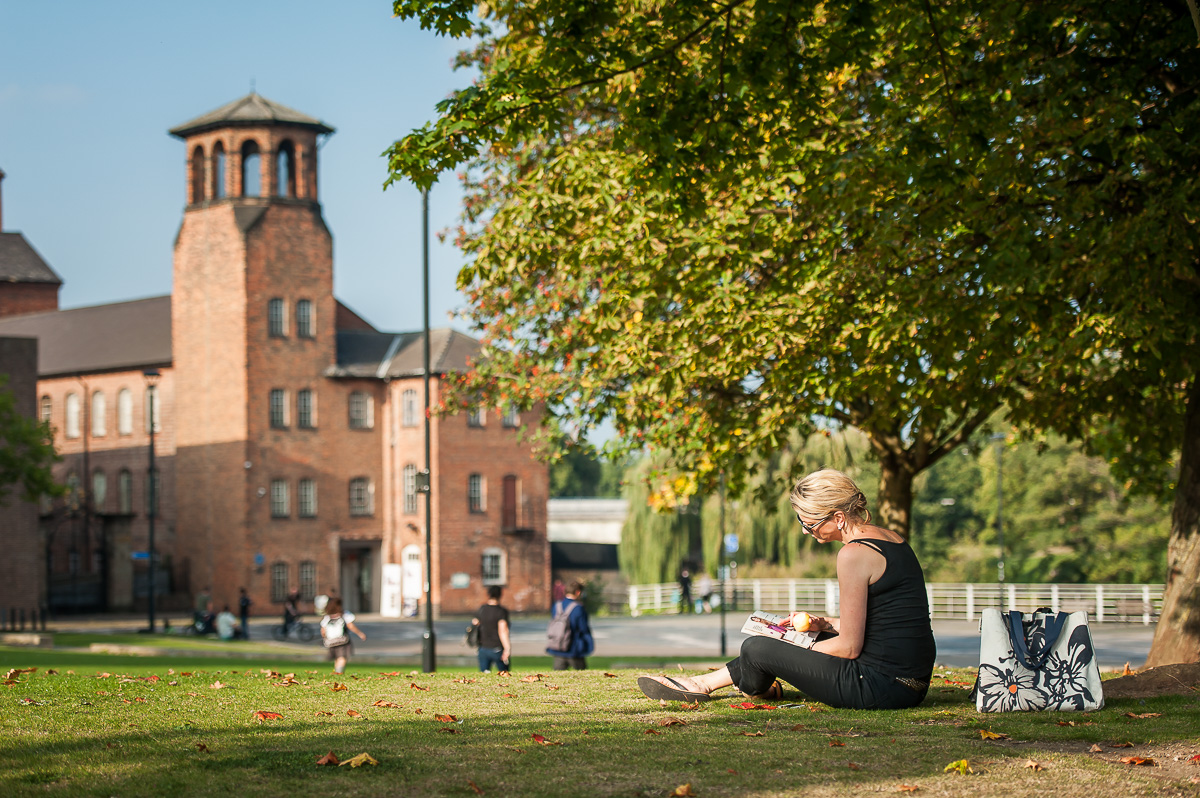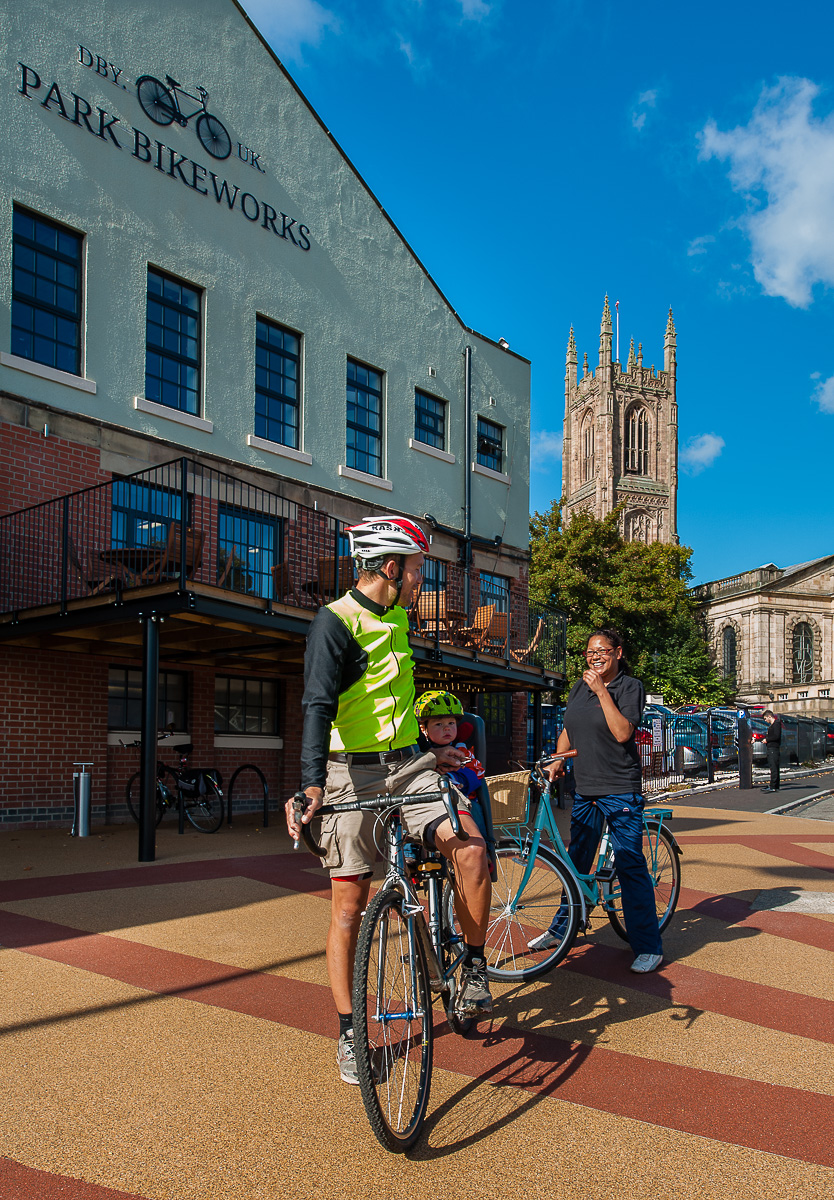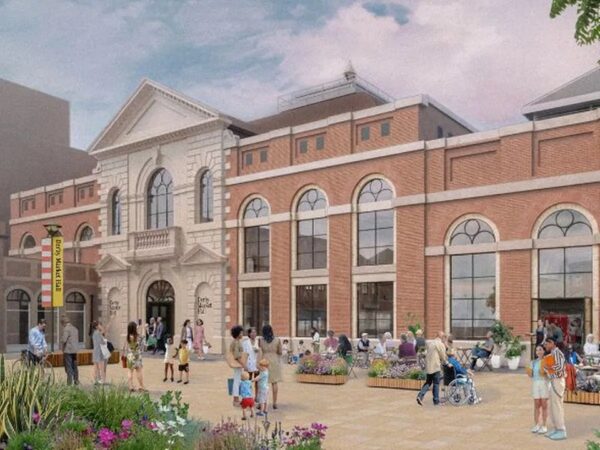Latest News | 11 November 2015
The story of league tables and cities

Last week the Derby Telegraph ran a story listing Derby as one of the best cities in which to live and work.
A company called Statista, having analysed salaries, employment and living costs, produced a table ranking the UK’s 64 cities with Derby coming second.
I was asked to comment and, of course, did so, albeit with a little restraint (these lists come and go, there are no silver bullets etc).
In my experience, such league tables need treating with some caution as they invariably throw up oddities, depending on the statistics on which they are based.
In this particular table, Derby scored second and Cambridge came in third. So far, so good you might think. That is until you learn that Blackburn topped the table in first position.
Another table released recently measured cities by SME expansion and in this Derby came out a credible fifth. Joining us in the top ten were the likes of Aberdeen, London and Leeds – bottom, in 64th place, was Hastings, with Blackpool and Grimsby just above.
Finally, another report looked at what they called the ‘new work’ economy. In other words, cities that attract knowledge intensive businesses of the future.
The results were produced across a UK map with each city given a green for good, red for bad.
No surprise, but the map was a sea of green in the south and splattered red in the north.
There were a few outliers breaking the mould, poor old Hastings in the south being red, and Manchester, Leeds and York in the north, being green.
data-animation-override>
“I think that tables fuel perceptions, which in turn influence decisions – personal and corporate”
The Midlands didn’t fare too well I’m afraid, with only Coventry and Derby scoring green, the rest being red.
So, does any of this matter? Are any decisions taken on the basis of league tables?
I think that tables fuel perceptions, which in turn influence decisions – personal and corporate.
When each series of the book Crap Towns is produced I flick through just hoping that Derby does not appear (it doesn’t). I know it’s a bit of unscientific fun, but it does shape narrative.
When the Lonely Planet travel guide described Derby as the UK’s Real Ale Capital, believe me, it kind of helps.
No single table is the silver bullet, but if your city invariably appears near to the top time after time, as Derby does, it creates a positive story on which one can build.
Last week the Centre for Cities think-tank launched an important report on urban demographics, analysing why people choose to live where they do.
There is the obvious observation that young people prefer city centres, over-30s prefer the suburbs and over-55s the hinterland.
However, following post-war 50-years of city centres being ‘hollowed out’ of people there is now a well-established trend in the growth of city living.
In fact, the report shows that residential growth in city centres over the past ten years has been 37%, way above that of the suburbs (8%) and hinterlands (6%).
The trend is driven by the so-called ‘millennials’ – young, educated knowledge workers – and is most marked in larger cities, though now spreading to the medium-sized cities of which Derby is one of 30.
We are on the cusp of an explosion in student accommodation, office to residential conversions and new build to sell/rent schemes.
Leading the way is Compendium Living’s Castleward with 160 units (eventually 800).
But, add to this Derby’s only current tower crane, constructing London and UK’s 350-unit student scheme on Cathedral Road, the conversion of Roman House and St Peter’s House (another 280 units), Wilson Bowden’s Full Street riverside apartments, Radleigh Group’s Weavers Point and Jensco’s Two Friar Gate Square scheme going through planning permission and there are over 1,000 residential units on the way in central Derby.
Over the next five years, taking into account Castleward, the Nightingale Quarter and Riverside, and we anticipate a further 2,000 units being developed.
The Centre for Cities report is clear. Successful cities of the future must cater for city centre living or they will fail to attract talent.
I agree that Derby must keep a weather-eye to balance between city centre offices and residential – in truth, we need both.
But, it’s not a zero-sum game, far from one negating the other I see the opposite.
More city living will lead to more city working; we just have to plan our interventions to facilitate this.







